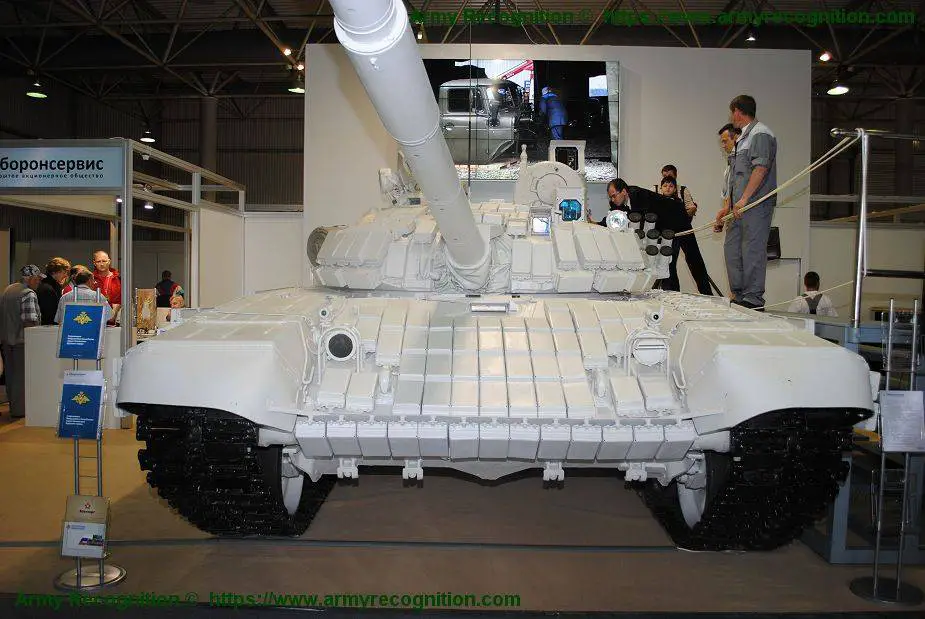Russia has delivered the first upgraded T-72 “White Eagle” main battle tanks to Serbia, a Serbian news agency has reported. These are often said as one of the ‘most beautiful’ tanks in the 21st century, due to their distinguishing white ‘snow’ camouflage.
41 Years Ago, This Is How The US Lost Its Most Critical Ally In The Middle-East To Russia
The tank is a heavily upgraded variant of the T-72, called the T-72B1MS, and is a modernized T-72B1 version done by the Russian defense company Obronprom.
It was first unveiled in 2012 painted all white, the reason for its unofficial designation ‘White Eagle’.
While many people think the white paint is to camouflage against the showy environments, however, the tank’s distinguishing feature is its new third-generation thermal panoramic sight “Eagle’s Eye” for tank commander mounted at the rear left side of the turret.
The B1MS version shares the same mechanical characteristics as its predecessor B1 variant, having the same engine, weapon, armor, and K-1 ERA (Explosive Reactive Armour) package.

It is armed with a 2A46 125mm smoothbore gun able to fire different types of ammunition including armor-piercing fin-stabilized discarding sabot (APFSDS), high-explosive anti-tank (HEAT), and high-explosive fragmentation (HEF) projectiles.
The main upgrades over the B1 include newer electronics, a front and rear camera for the driver, driver digital display, GPS/GLONASS navigation system, Sosna-U thermal gunner sight, target-tracking system, chassis management system, remotely controlled AA machine gun, better fire control system, and more.
It is currently the only T-72 variant in service having a remotely-controlled weapons station.
Originally intended as a technology demonstrator, the tank has been exported to a number of countries, which include Laos, Uruguay, and Nicaragua- and now Serbia.
The T-72 family of tanks are perhaps the most widely used main battle tank variants after the world war 2, with more than 25,000 units of all variants being built, and still in production and active service.
It was first introduced in 1971, with modernized models being in service for decades, and has seen service with about 50 countries worldwide. It was succeeded by the T-90, which is itself a modernized version of the T-72B.




